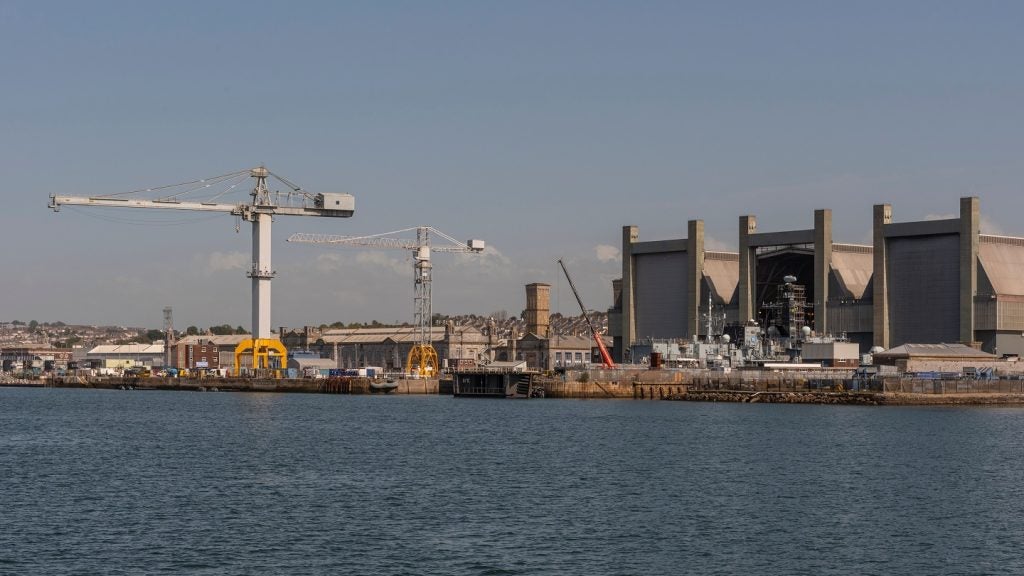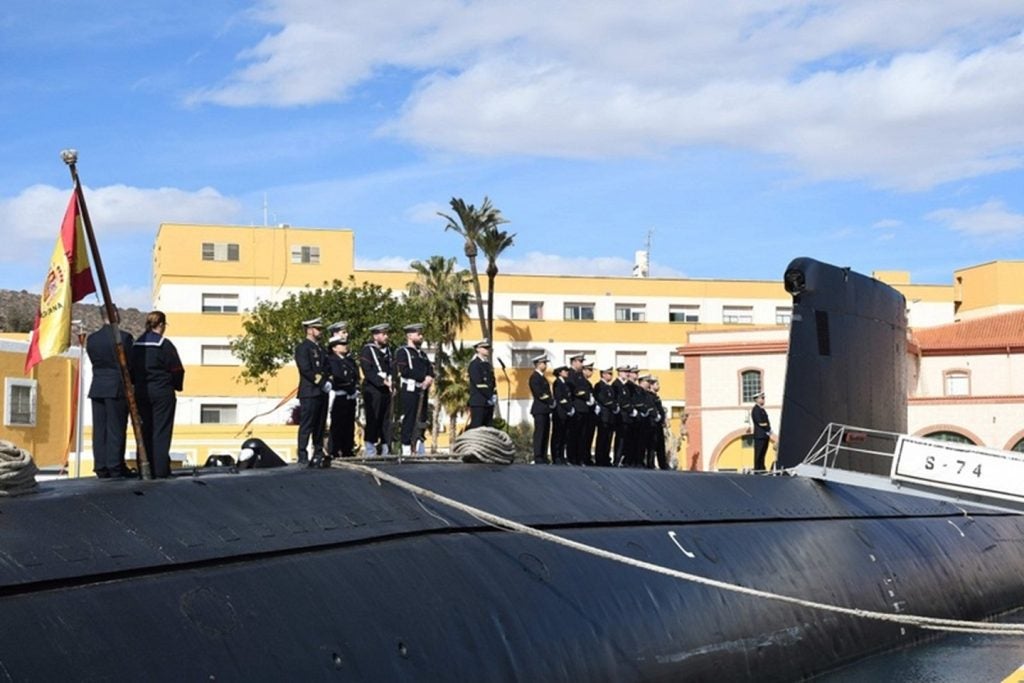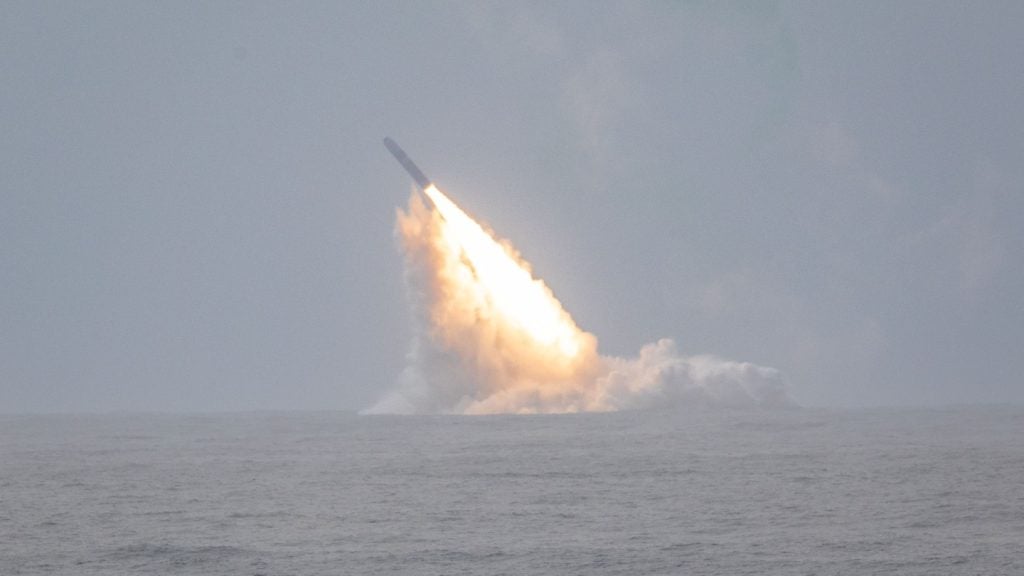Progress on the redevelopment of Babcock’s Royal Dockyard, located inside the confines of the Royal Navy’s Devonport naval base, will see future classes of surface combatants and submarines able to be maintained at its facilities, a critical element in maintaining complex warship operations.
Detailing developments during a media tour in early February 2024, Babcock officials said that by 2027, the site will be capable of running four separate submarine-related industry streams, through service life extension (LIFEX) programmes or decommissioning.
Plans either underway or scheduled into the upgrade, apply to 1 Dock in order for it to accommodate the Astute nuclear-powered attacks submarines or future Dreadnought-class ballistic missile submarines, and similarly, an expanded body of work at 10 Dock in order to turn the location into a multi-class drydock and refit site.
Similar aspirations are held for 11 and 12 Dock, which could be developed into multi-class drydocks. Meanwhile, 8 Dock will be able to accommodate the Type 26 frigates currently in manufacture for the Royal Navy.
A three-story programme management building is also being constructed at 10 Dock in order to provide immediate on-hand management capabilities, a useful practicality in what is Western Europe’s largest naval base.
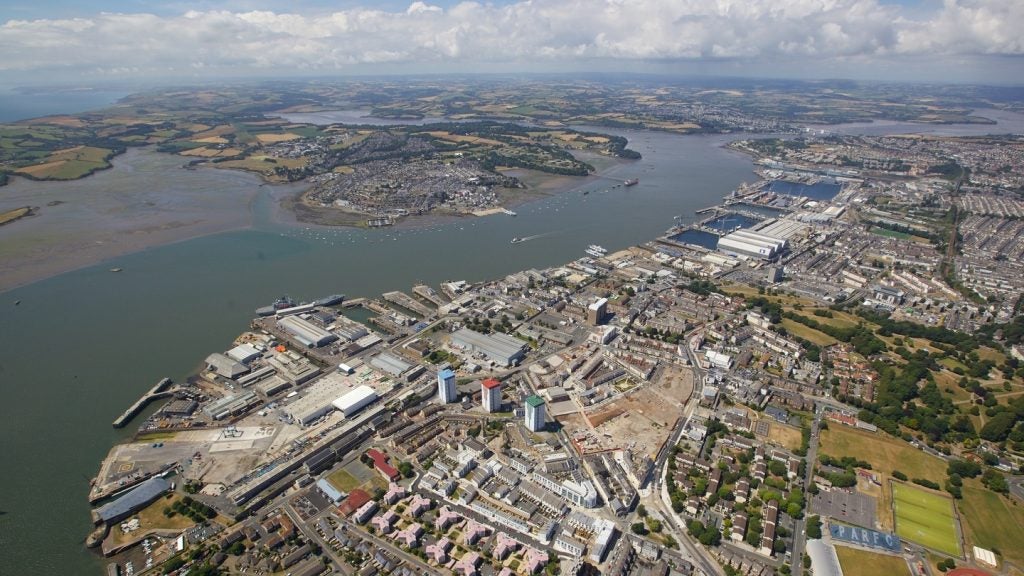
The extensive works, while a costly investment for Babcock, are intended to keep the Naval Dockyard operational for the next-generation of surface and subsurface combatants under development – the Type 26 and 31 frigates, the Dreadnought-class SSBNs, and potentially, the future AUKUS SSN, which is being developed by the UK for both the Royal Navy and Royal Australian Navy.
In the wider site of HMNB Devonport, 3 Basin is currently utilised to house decommissioned nuclear submarines awaiting disposal, while 5 Basin is reserved for active nuclear submarines undergoing or awaiting maintenance.
The site also houses Babcock’s frigate maintenance facility, which is currently tasked with performing LIFEX programmes to the ageing Type 23 frigates currently in service.
In many respects, the work at Babcock’s Royal Dockyard is intended to future-proof the company’s naval sustainment operations. A Babcock official stating that, generally, over the lifetime of a submarine’s acquisition and service life, just one-quarter of the acquisition and operational costs came in the build phase, indicating a strategic decision to invest into sustainment capacity.
The importance of ensuring viable naval sustainment operations, through investment into existing infrastructure and the development of new capacity, is a major talking point on the other side of the Atlantic in Washington, DC, where recently, the US Secretary of the Navy Carlos Del Toro bluntly criticised US naval primes that prioritised share buybacks ahead of investment.
ONE Devonport: a blueprint for modernisation?
Babcock’s ONE Devonport blueprint, published in 2021, splits the development of its Royal Dockyard and how it interacts with the wider HMNB Devonport into three “key epochs” – the Short (2020-2030), Medium (2030-40), and Long Term (2040+).
According to the document, six zones were to “set the direction for the location of new facilities and the consolidation of existing teams and outputs at Devonport”, these being the Force Generation Zone, Submarine Support, Surface Ship Support, Forward Presence, Future Technologies Zone, and the Type 26 (frigate) Mounting Base.
The Submarine Support segment would be concentrated in and around 5 Basin with new deep maintenance and refit complexes, with “dedicated” facilities around 9, 10, 14, and 15 Docks and associated nuclear tidal X-berths (designating a nuclear-capable support site).
Surface Ship Support was to continue deep maintenance for the Type 23 frigates until the 2030 timeframe, when “modern, updated, and flexible” facilities were to be developed across the site to accommodate the future frigate force of the Type 26, Type 31, and possibly the even further away Type 32 and Type 83 class, in addition to vessels development for the Littoral Response Group.
The Type 26 Mounting Base would assist the support of the Type 26 anti-submarine warfare frigates, which will also be able to host interchangeable mission modules.
HMS Victorious begins multi-year LIFEX
Likely home for at least the next four years, 5 Basin houses the recently arrived HMS Victorious, one of the Royal Navy’s four Vanguard-class SSBNs, which will under a LIFEX programme intended to see it remain in service until its eventual replacement by the future Dreadnought class in the 2030s.
The body of work due to be carried out on HMS Victorious will require 7.2 million personnel hours of work to be carried out in order to provide a third and final commission for the vessel before it leaves service.
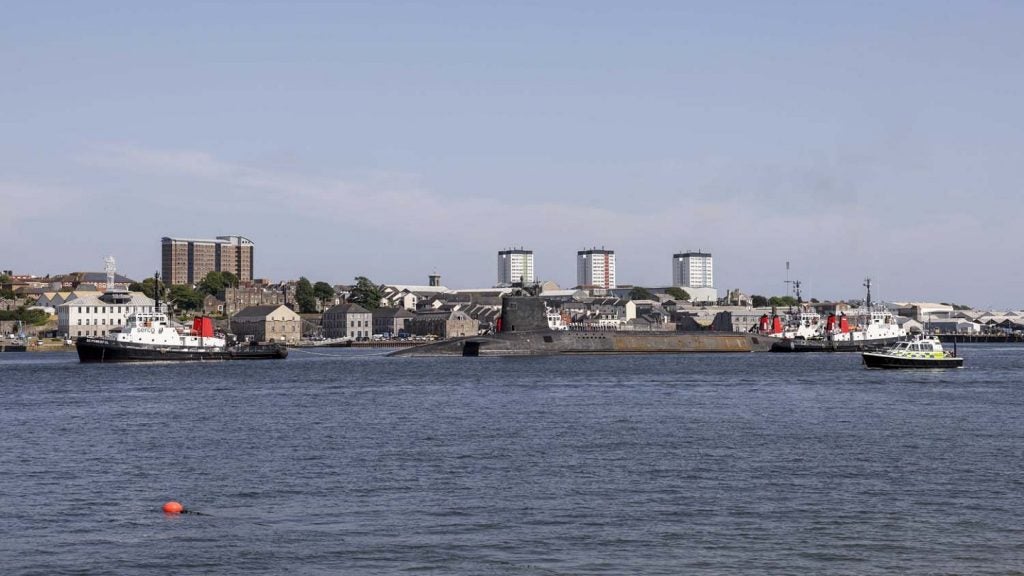
HMS Victorious will see upgrades to 90% of its systems, including the combat management system, as part of its complex LIFEX programme.
The first in class, HMS Vanguard, sailed out of Devonport in mid-2023 after a delayed seven-year long LIFEX programme that included a refuelling of its nuclear reactor. It is understood that the reactor of HMS Victorious will not be refuelled during its upcoming multi-year stay in 5 Basin and 9 Dock.
Once the LIFEX of HMS Victorious is completed, enabling it to serve through the 2030s, Boat 3 (HMS Vigilant), will takes its place for its own refit.


